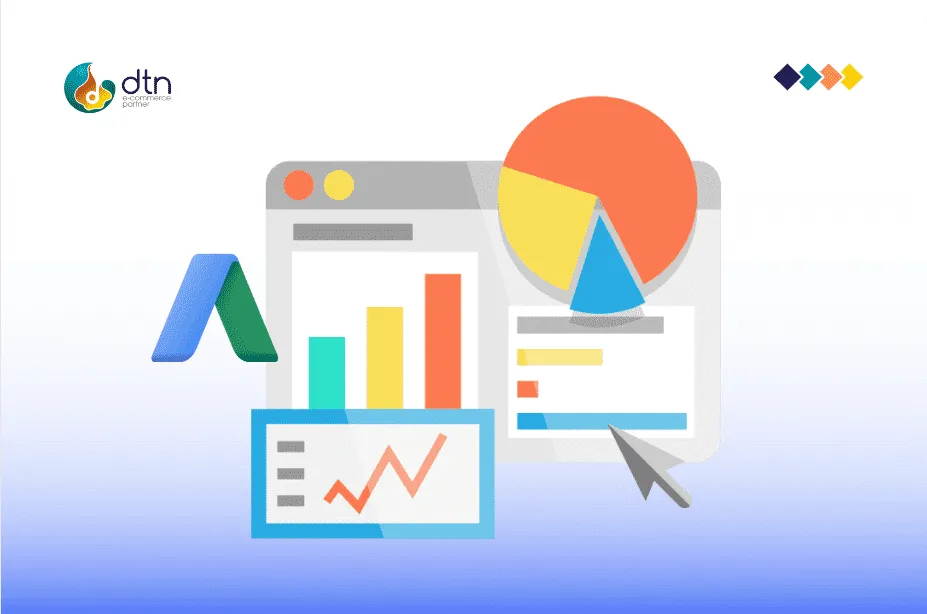The mastery of analytics and measurement is your ticket to success in the dynamic world of E-commerce. This article unveils the indispensable role of analytics and measurement in E-commerce SEO, guiding you through the setup of Google Analytics, the tracking of keyword rankings, and the monitoring of conversions. Get ready to dive into the world of data-driven E-commerce SEO Analytics and Measurement, your compass to navigate the seas of success.
Table of Contents
Setting Up Google Analytics for Analytics and Measurement
Your journey begins with the setup of Google Analytics, the cornerstone of SEO analysis. Here’s a step-by-step guide to get you started:
- Account Creation: Visit the Google Analytics website and log in with your Google account. Create an Analytics account tailored to your E-commerce website.
- Property Configuration: With your account in place, set up a new property that represents your E-commerce website. This step will provide you with a unique tracking code to embed in your website’s HTML.
- Tracking Code Integration: Don’t let the technical jargon deter you. Embedding the tracking code into your website is typically a straightforward process, often with user-friendly options on most website platforms.

Setting Up Google Analytics for Analytics and Measurement for E-commerce SEO Analytics and Measurement
Monitoring Keyword Rankings with Analytics and Measurement
The journey continues with a focus on keyword rankings – a fundamental aspect of E-commerce SEO. Here’s how you can stay on top of your keyword game:
- Keyword Tracking Tools for Analytics and Measurement: Empower yourself with dedicated keyword tracking tools like SEMrush, Moz, and Ahrefs. These tools are your partners in monitoring the performance of your selected keywords.
- Regular Ranking Check-Ins: Make it a habit to check your keyword rankings regularly. Consistent monitoring allows you to identify trends, whether they’re positive gains or areas for improvement.
- Competitor Comparison: In the spirit of healthy competition, compare your keyword rankings with those of your competitors. This comparative analysis can shed light on areas where you excel or need to step up your game.

Monitoring Keyword Rankings for E-commerce SEO Analytics and Measurement
Mastering Conversion Tracking with Analytics and Measurement
Now, let’s talk about the pinnacle of E-commerce SEO – conversions. These are the actions you want your website visitors to take, and analytics and measurement are your guiding lights:
- Goal Setting in Analytics and Measurement: In Google Analytics, the setting up of goals is pivotal. It enables you to track specific actions on your website, such as completed purchases for E-commerce sites.
- E-commerce Tracking: If you run an online store, activate E-commerce tracking within Google Analytics. This feature provides detailed insights into product sales and their performance.
- Event Tracking: For the more intricate actions on your website, like video views or clicks on specific elements, leverage event tracking. This advanced feature allows you to measure user interactions beyond mere pageviews, providing in-depth insights for analytics and measurement.

Mastering Conversion Tracking for E-commerce SEO Analytics and Measurement
As you delve into the world of E-commerce SEO, remember that “Analytics and Measurement” are your steadfast allies, providing the data-driven direction to navigate the seas of success. With this keyword by your side, you’re well-equipped to embark on an insightful journey into the realm of data-driven E-commerce SEO.
Ofte stillede spørgsmål
We've compiled a list of answers to common questions on E-commerce SEO Analytics and Measurement.
Not at all! While there are technical aspects to it, most website platforms offer user-friendly options for adding the tracking code. Google Analytics provides step-by-step instructions to guide you through the process.
It’s a good practice to check your keyword rankings regularly, such as once a week or once a month, depending on your SEO goals and how frequently your content changes. Consistent monitoring helps you identify trends and take timely actions.
Common conversion goals for E-commerce websites include completed purchases, email sign-ups, account creations, and contact form submissions. The specific goals may vary based on your business objectives and the nature of your website.
Event tracking is valuable for measuring user interactions beyond standard pageviews. It allows you to track actions like video views, clicks on specific links, and other on-site engagements. This data helps you understand how users interact with your content and where improvements can be made.



